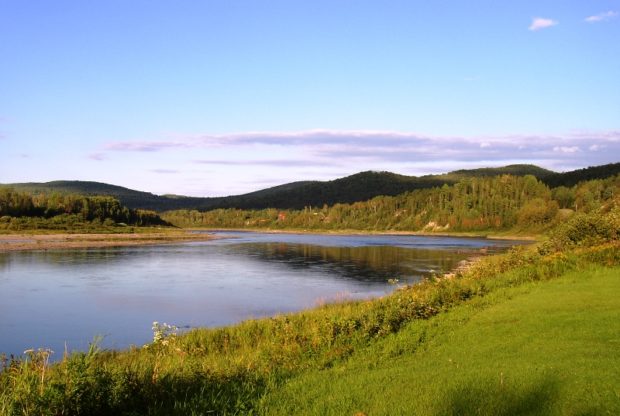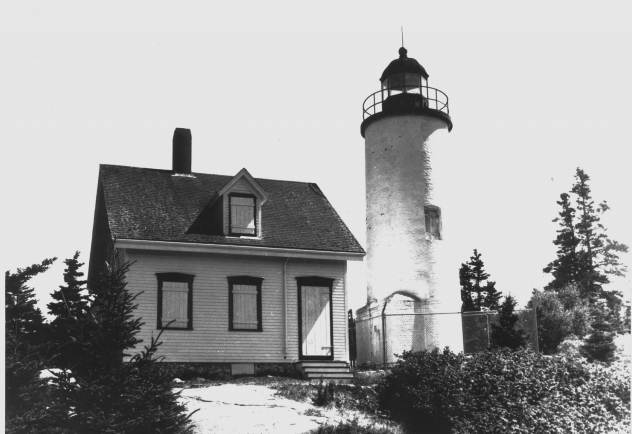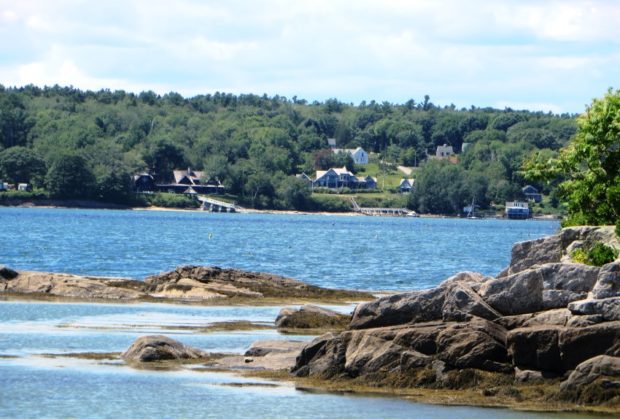Allagash

in Aroostook County, is at the mouth of the Allagash River as it enters the St, John. Large in area, small in population, hunting and camping is an economic asset. The Allagash River flows through the town and is the tenth longest in the State. At 69 miles, it drains 1,240 square miles in northern Maine. Across the St. John lies the small Canadian town of Connors.




















